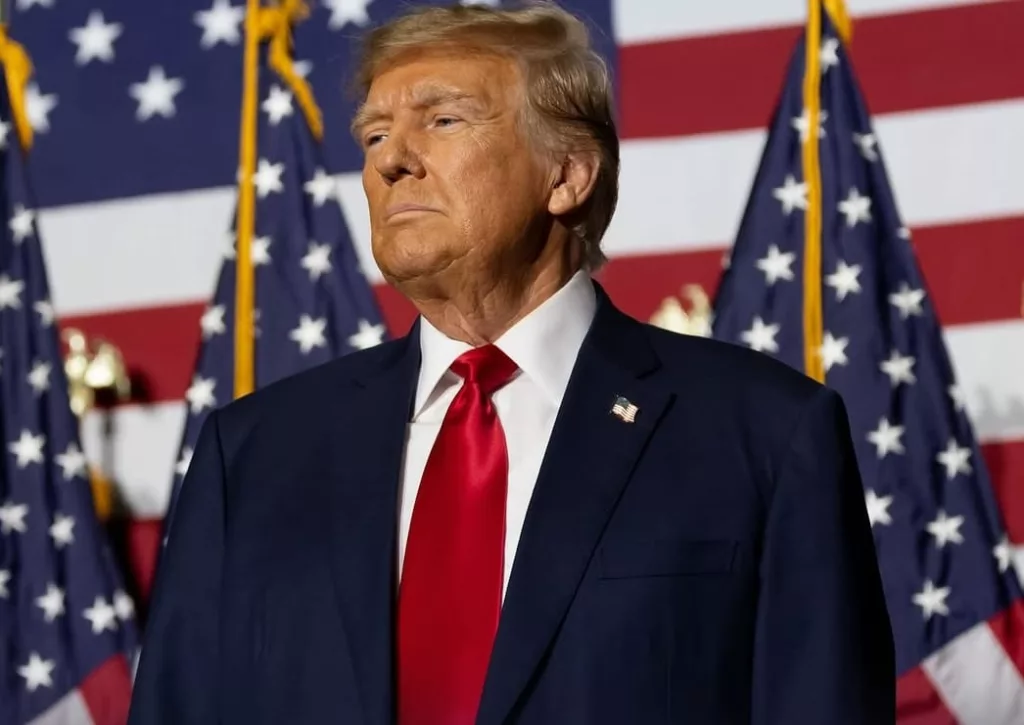India’s economic growth is likely to stay strong even after the United States imposed higher tariffs on Indian goods, according to global ratings agency S&P.

The US recently announced a 50 percent tariff on Indian imports — 25 percent came into effect on August 7, and the remaining 25 percent will be added on August 28. The decision was made as a penalty for India continuing to buy oil from Russia.
YeeFarn Phua, Director at S&P Global Ratings, said these tariffs will not affect India’s growth in a big way. Speaking at a webinar on Asia-Pacific economies, he explained that India’s economy does not depend heavily on trade, especially with the US. “I don’t think the tariffs imposed on India will have an impact in terms of economic growth, largely because India is not a very trade-oriented economy. And if you look at India’s exposure to the US in terms of exports to GDP, it is just about 2 percent,” he said, as quoted by NDTV.
S&P had upgraded India’s sovereign rating outlook to ‘positive’ in May last year, because of strong growth. The agency expects India’s GDP to grow at 6.5 percent this financial year, the same as last year.
ALSO READ: Pharma, smartphones, energy exports to US escape Trump’s new 50 percent tariff hike
Phua also pointed out that important sectors like pharmaceuticals and consumer electronics, which make up a big part of India’s exports to the US, have not been included in the new tariffs. “Over the longer term, we don’t think this (higher tariffs) will be a big hit (on India’s economy), and therefore, the positive outlook on India remains,” he added.

On the topic of foreign investment, he said companies are still keen to do business in India. Many are choosing India as part of the ‘China plus one’ strategy, which means they want to reduce dependence on China by also investing in other countries.
India’s large population and growing middle class are big attractions for these companies. “Many (businesses) are going there not because they are looking to export just to the US. Many of them are going there because of the huge domestic market as well. An emerging middle class is getting larger…So, even for those who are looking to invest more in India and looking to export, it might not necessarily be the US market,” Phua said.
The US has been India’s top trading partner in recent years. In the financial year 2024-25, trade between the two countries was worth USD 186 billion. India exported goods worth USD 86.5 billion to the US and imported goods worth USD 45.3 billion. This resulted in a trade surplus of USD 41 billion for India in 2024-25, though it had dropped slightly to USD 35.32 billion in 2023-24.
The US accounts for around 18 percent of India’s exports, 6.22 percent of its imports, and 10.73 percent of its total trade. Despite the recent tariff hike, experts believe that India’s economy will remain stable and continue growing.


